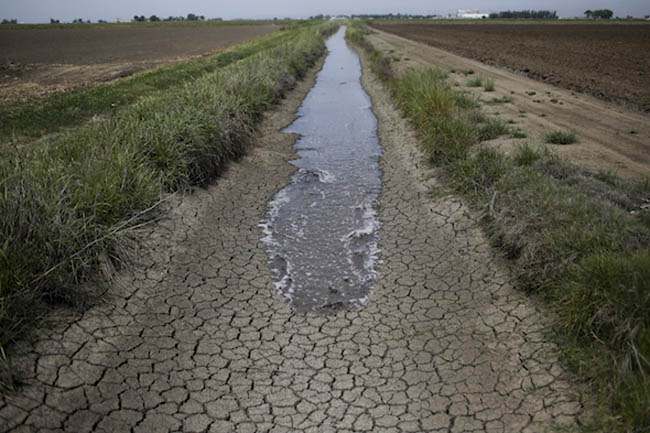“Lotus said there was a deficit of 95% precipitation this winter, the highest in recent years. Against a normal preciptiation of about 70mm, this January recorded only 4.4mm.”
SHABIR IBN YUSUF
Srinagar, April 1:
The weather department has made a grim prediction like March, April would be nearly dry. By then natural springs and streams, thirsting for adequate rains since last June, would turn dry. Groundwater level, which has been depleted, won’t be recharged.
“From September last year there has been no significant precipitation like it used to be in Kashmir. There was no significant snowfall or rain this winter. When there is no snowfall in the mountains it is naturally going to affect water level in the plains. It causes both qualitative and quantitative loss,” MeT director Sonam Lotus said.
Lotus said there was a deficit of 95% precipitation this winter, the highest in recent years. Against a normal preciptiation of about 70mm, this January recorded only 4.4mm.
On Tuesday, in its quarterly forecasts, the APEC Climate Centre states that April and May are likely to be followed by what looks like a wet June, with “even Jammu & Kashmir getting its due (share of rains)”.
ShakilRomshoo, professor and head dpartment of Earth Sciences at the University of Kashmir, said the dry phenomenon is part of global climate exchange and “Kashmiris are not responsible for this”.
“We now have an eight-month-long dry spell now,” he said. Although water flow in streams would increase in a month, it would recede after some time, he added.
Romshoo said people in northern and central parts of Kashmir, especially the hilly regions, will face water scarcity. The problem would be less pronounced in southern parts.
Courtesy : Greater Kashmir




